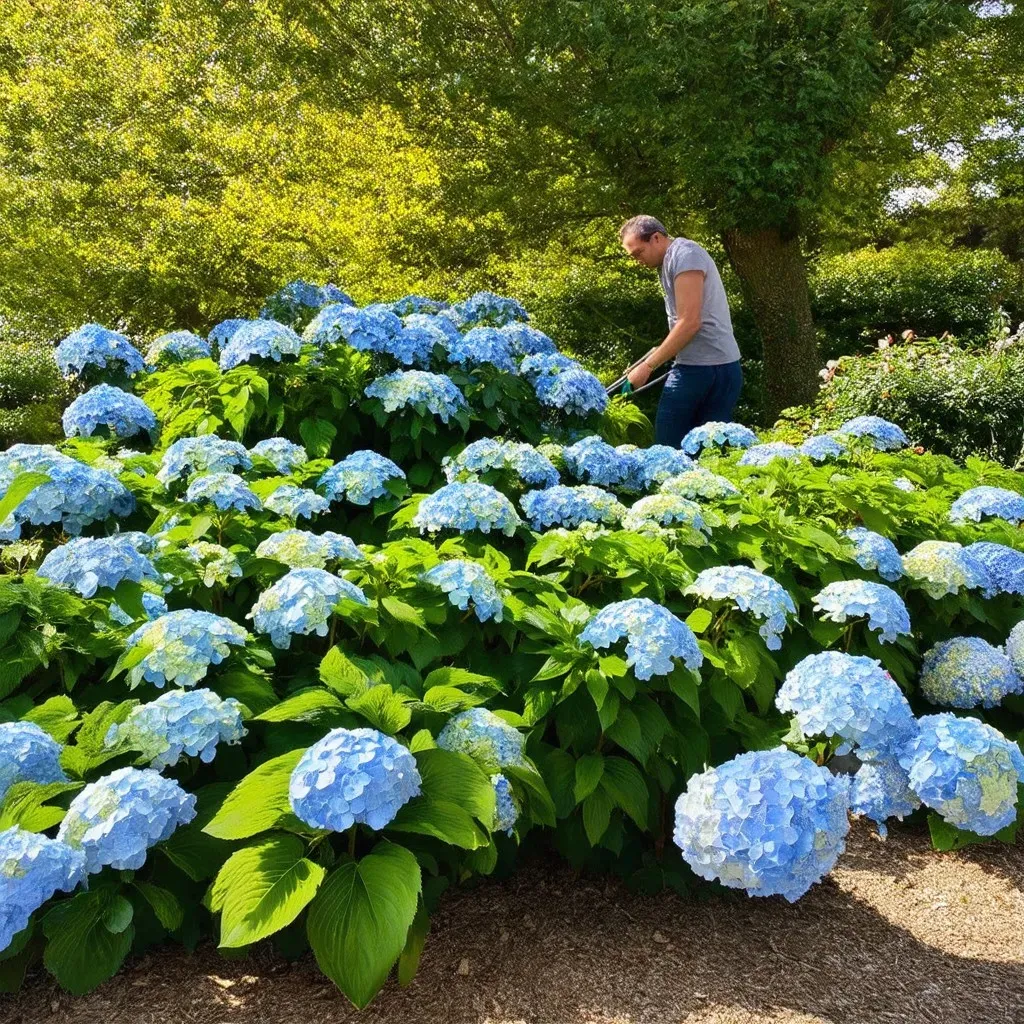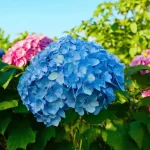When to prune hydrangeas in PA can be a key factor in maximizing the blooming potential of your hydrangea plants. The proper timing for pruning can differ depending on the variety of hydrangea you have. Understanding when to prune requires some knowledge of the specific characteristics of the plant, along with its flowering habits.
types of hydrangeas and Their Pruning Times
To understand when to prune hydrangeas in PA, it is essential to know which type of hydrangea you are dealing with. Here are a few common types found in the region:
| Hydrangea Type | Blooming Wood | Ideal Pruning Time |
|---|---|---|
| Bigleaf (H. macrophylla) | Old wood | Late summer to early fall |
| Smooth (H. arborescens) | New wood | Late winter to early spring |
| Panicle (H. paniculata) | New wood | Late winter to early spring |
| Oakleaf (H. quercifolia) | Old wood | Late summer to early fall |
Characteristics of Each Type
-
Bigleaf Hydrangeas: Known for their striking blue or pink blooms, these thrive in Pennsylvania’s climate but require careful pruning. You should wait until the flowering has completed in late summer or early fall before cutting back these plants to maintain next year’s blooms.
-
Smooth Hydrangeas: Often referred to as the "Annabelle" variety, these hydrangeas place their blooms on new wood. Thus, they can be pruned back significantly every late winter to early spring when the plant is dormant. Trimming them back encourages robust growth and a luscious display of flowers come summer.
-
Panicle Hydrangeas: Like smooth hydrangeas, panicle varieties bloom on new wood and can be pruned during late winter or early spring. Cutting back the plant helps in promoting a fuller growth and a vibrant bloom throughout the summer.
-
Oakleaf Hydrangeas: With uniquely shaped leaves and cone-like flower clusters, oakleaf hydrangeas bloom on old wood. It is recommended to prune them just after flowering, preferably in late summer or early fall to avoid cutting into new buds that will bloom the following season.
Signs It’s Time to Prune
Understanding when to prune hydrangeas in PA involves recognizing signs that indicate it’s time for maintenance. Some common indicators for pruning include:
- Dead or Diseased Stems: Removing these ensures the health of your plant and allows energy to be redirected towards healthy growth.
- Overgrown Shrubs: If the hydrangea is sprawling out of bounds, a trim will help maintain its desired form.
- Lack of Blooms: If you notice a decline in flowering, it could be due to improper pruning or lack of light. Pruning can invigorate the plant.
When Not to Prune Hydrangeas
It is crucial to avoid pruning hydrangeas at the wrong times, as this can lead to reduced blooming or even damage to the plants. Here are times you should refrain from cutting back hydrangeas:
-
Fall Pruning for Old Wood Bloomers: For types like bigleaf and oakleaf hydrangeas, pruning in fall can result in cutting off the flower buds for the following spring.
-
Pruning in Late Spring: Avoid any pruning during the late spring when plants are entering their blooming period.
-
Winter Pruning (While Snow is Present): Pruning while the ground is still frozen can lead to broken stems and injury to the plant.
Recommended Pruning Techniques
When the appropriate time to prune your hydrangeas in Pennsylvania arrives, employing the right methods can further enhance your results. Consider the following techniques:
The Three-Cut Method
For larger branches, the three-cut method can minimize damage:
- First Cut: Make an undercut about 6-12 inches from the base of the branch.
- Second Cut: Make a second cut from the top down, which will release the weight of the branch and relieve stress on the plant.
- Final Cut: Make the final cut, which should be done just outside the branch collar to promote healing.
Deadheading
Deadheading is the act of removing spent flowers. This can promote further blooming in some species. It should typically be done immediately after flowering ends, allowing the plant to focus its energy on producing new buds.
Tapered Trimming
Trim any leggy branches by cutting back anywhere from one-third to halfway, making sure to preserve healthy stems to keep the plant strong.
Table of Pruning Tips
| Tip | Description |
|---|---|
| Prune at Correct Time | Always prune at the right time depending on the type of hydrangea |
| Use Clean Tools | Sanitize pruning tools before use to avoid transferring disease |
| Observe Plant Growth | Pay attention to your hydrangea’s growth pattern to adjust your pruning technique |
| Keep an Eye on Health | Regularly check for dead or damaged branches and remove them promptly |
Frequently Asked Questions (FAQ)
Q1: Can I prune my hydrangeas in late fall?
A1: It’s not advisable, especially for old wood blooming varieties. It can lead to cutting off flower buds that will bloom in the next season.
Q2: How much of my hydrangea can I prune?
A2: For smooth hydrangeas, you can prune them back to the ground (up to one-half of their height), while bigleaf and oakleaf hydrangeas should have only about one-third of their height removed instead.
Q3: Should I use fertilizer after pruning?
A3: Fertilizing after pruning can help promote new growth. Just be sure to use a balanced fertilizer and follow the recommended guidelines.
Q4: Where can I find more information on hydrangea care?
A4: The Penn State Extension website is a credible source for detailed information about hydrangeas and their care. For further reading, check this link.
Conclusion
By taking the time to understand the different types of hydrangeas and their specific pruning needs, gardeners can enhance the health and beauty of their plants throughout Pennsylvania. Remember that timing is crucial, and armed with the right knowledge and tools, your hydrangeas can bloom beautifully season after season.

With careful consideration of pruning techniques and timing, your hydrangeas can thrive, providing stunning displays that capture the essence of Pennsylvania’s lush landscape.


